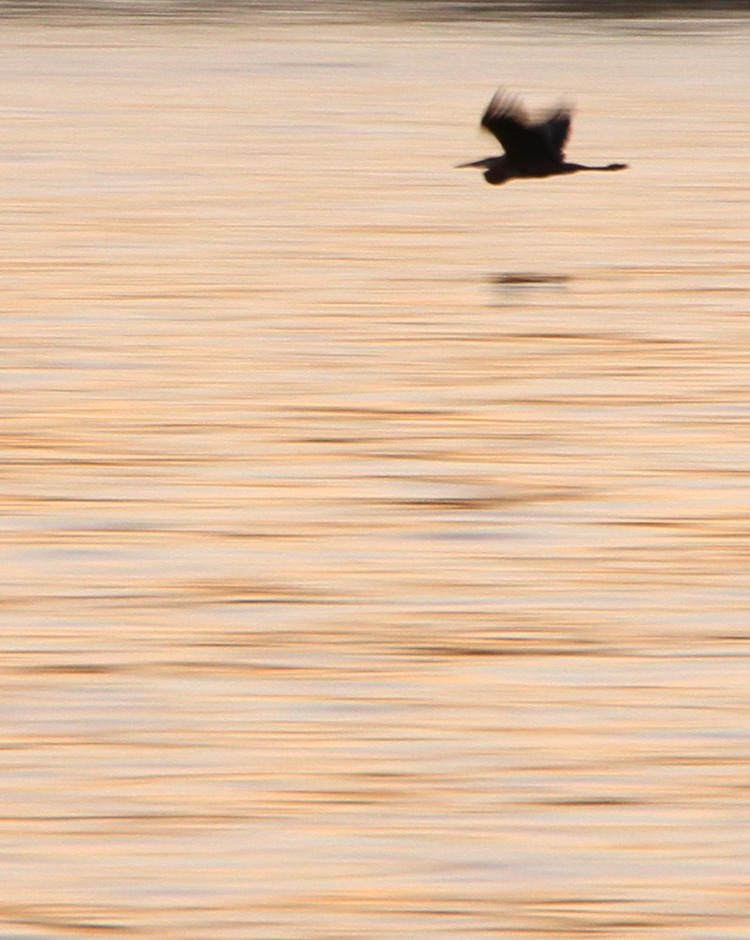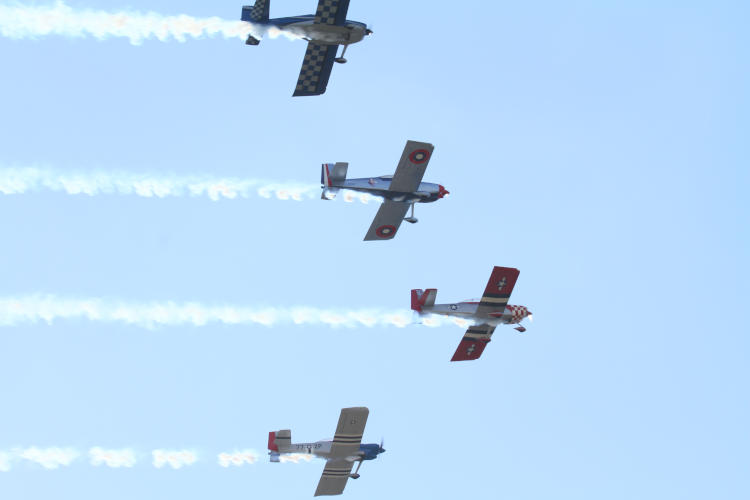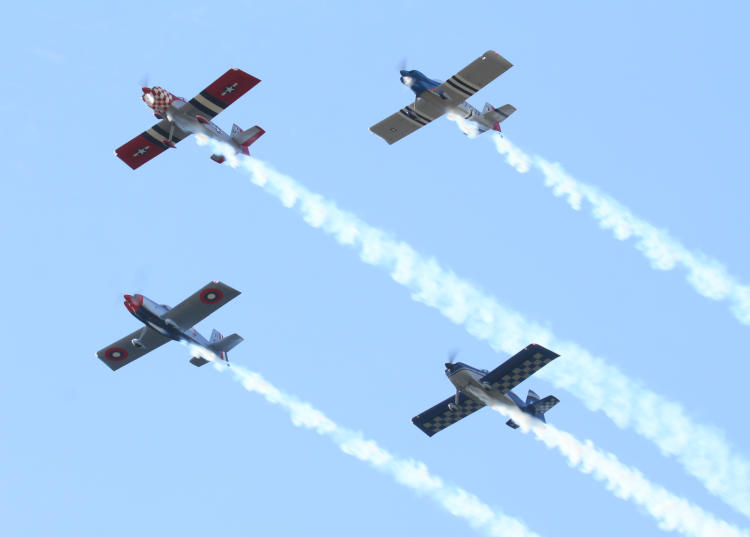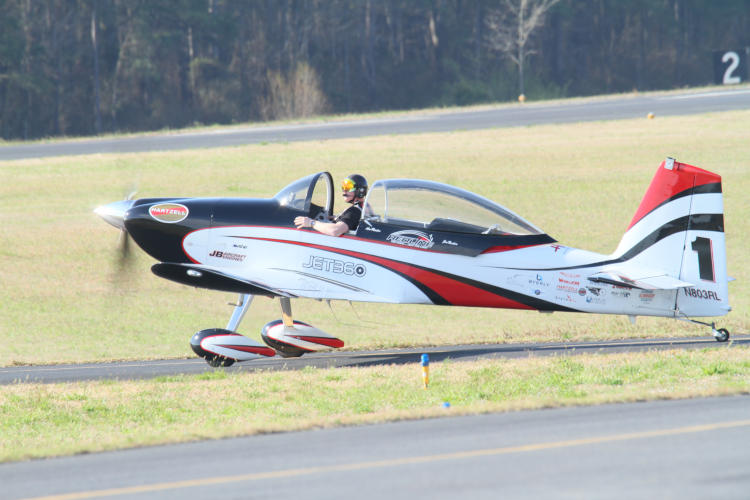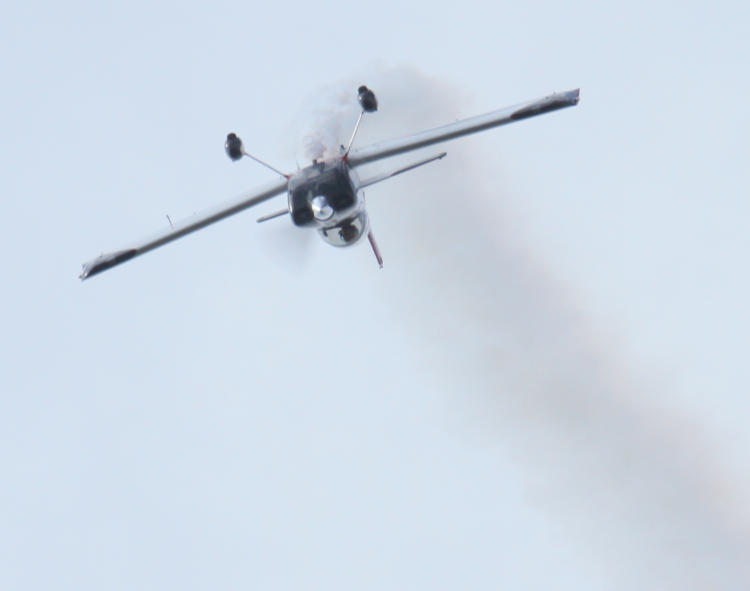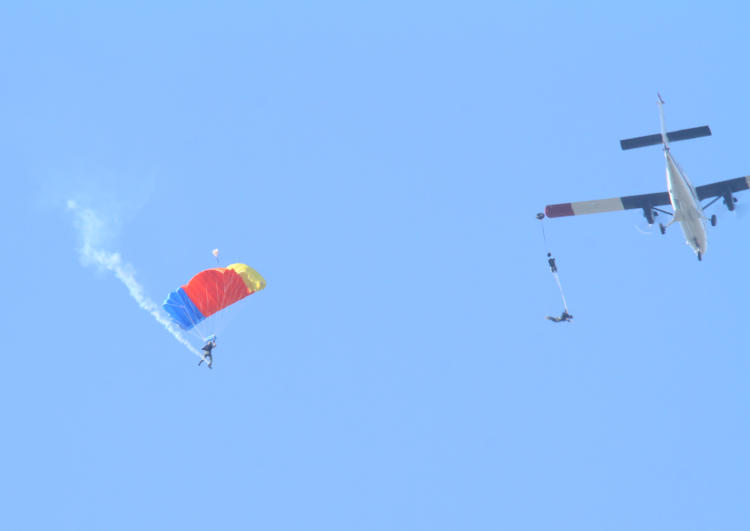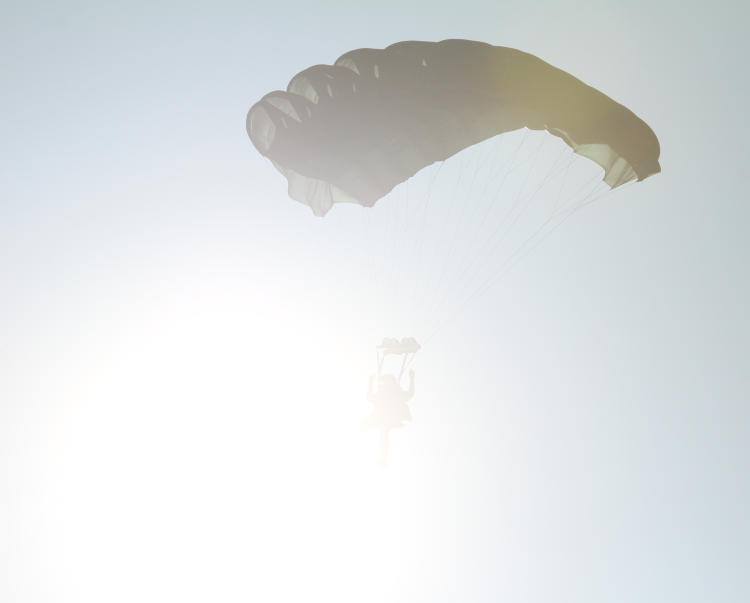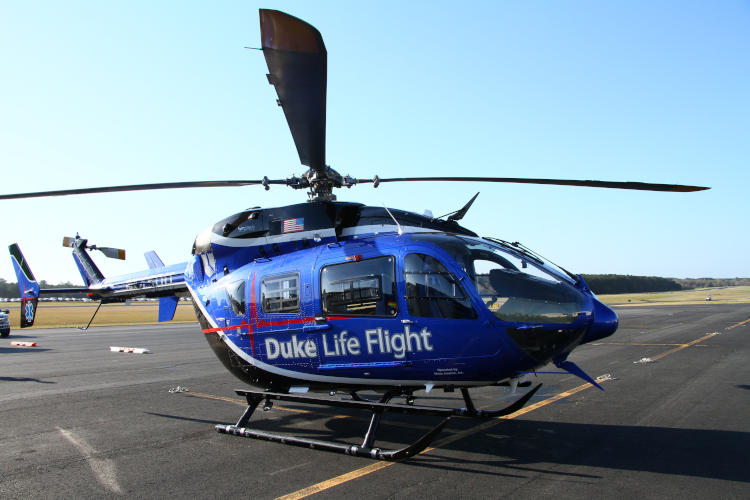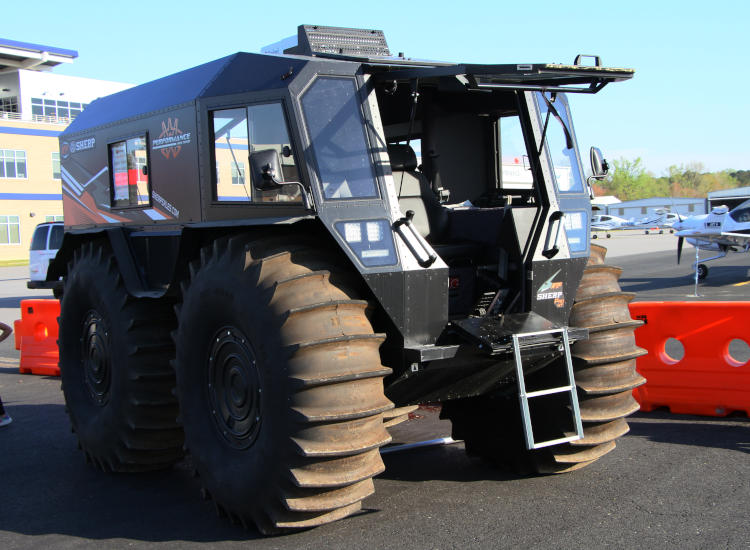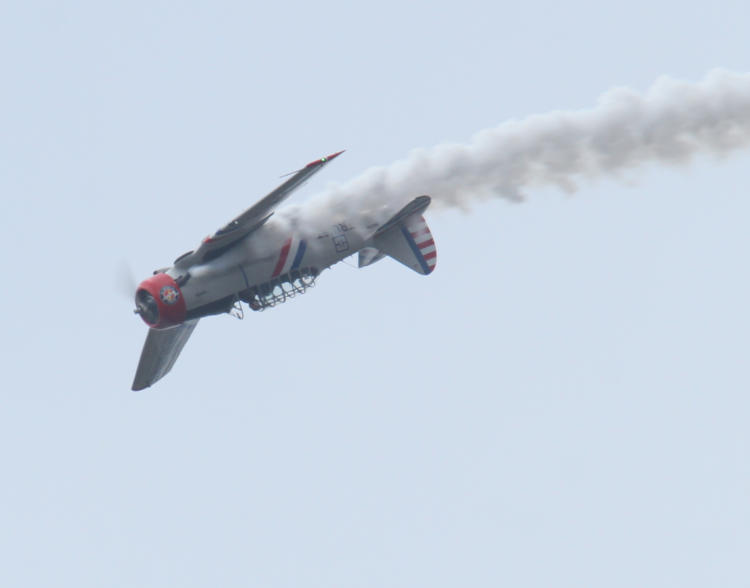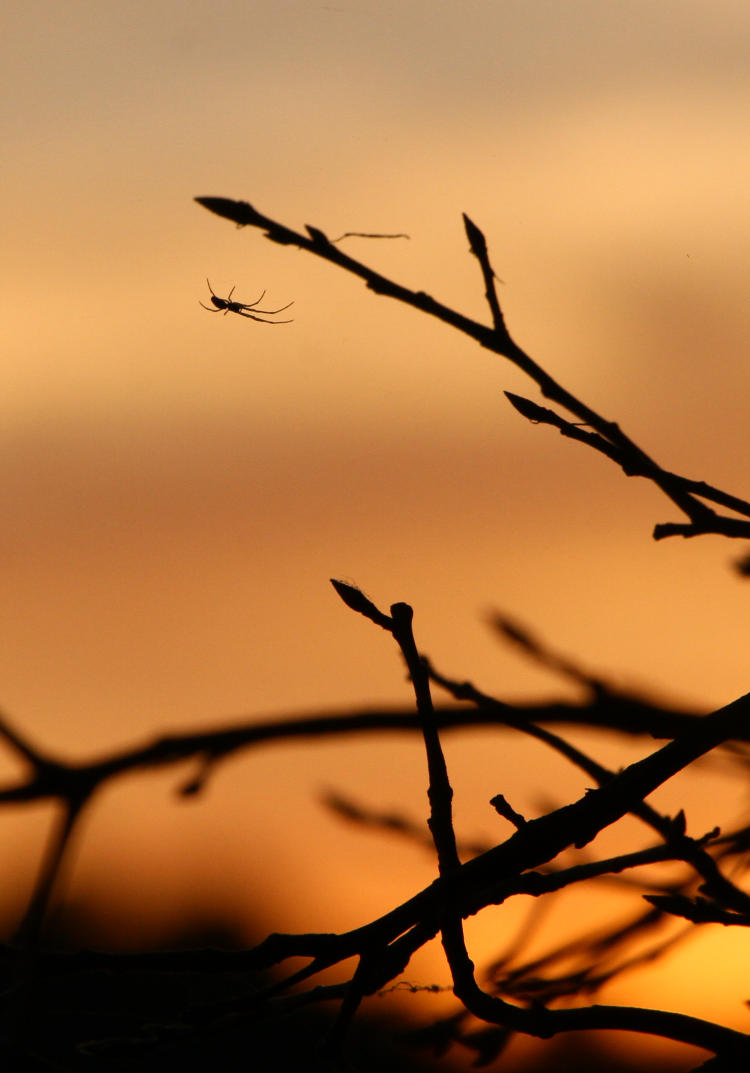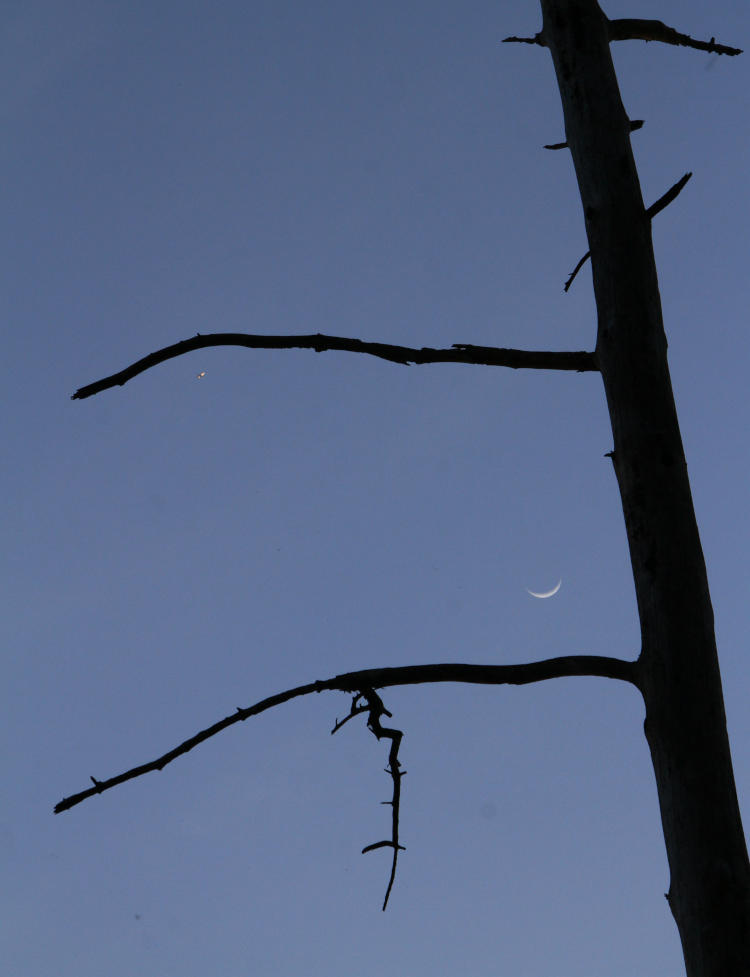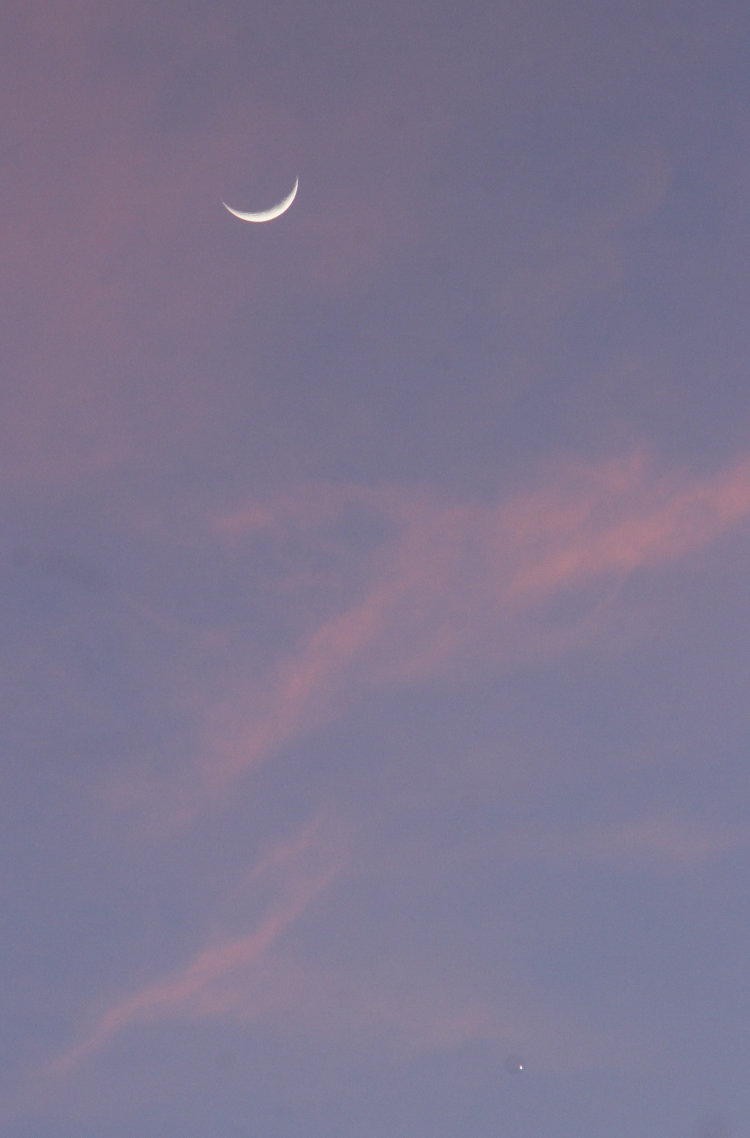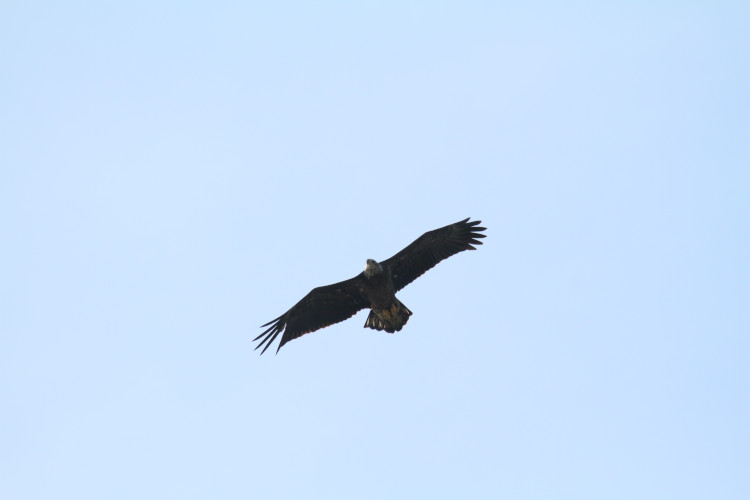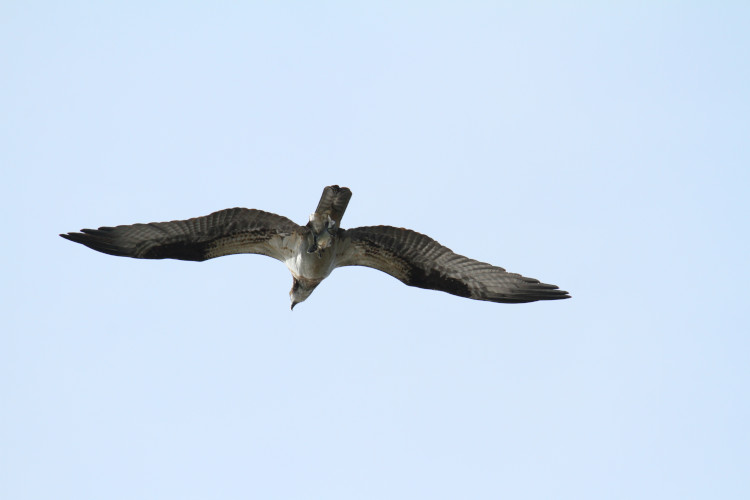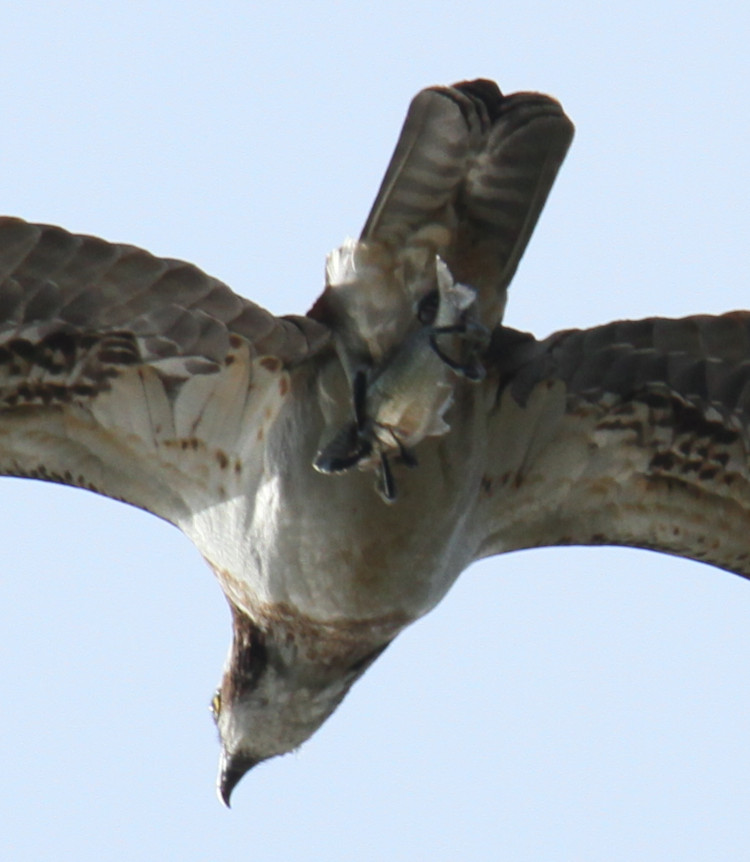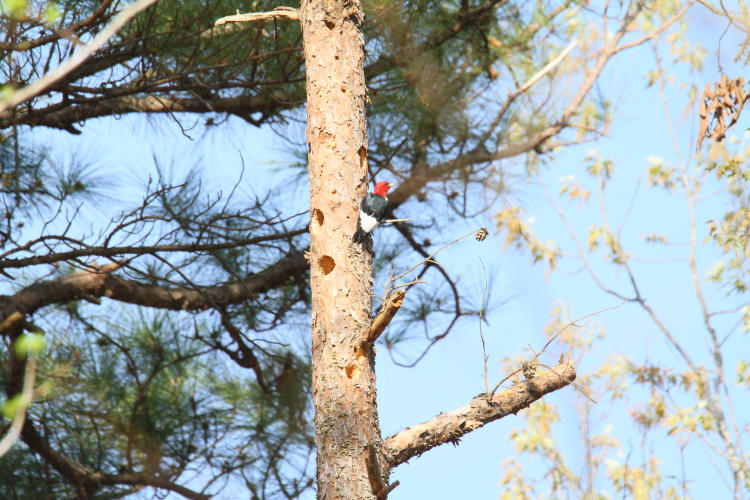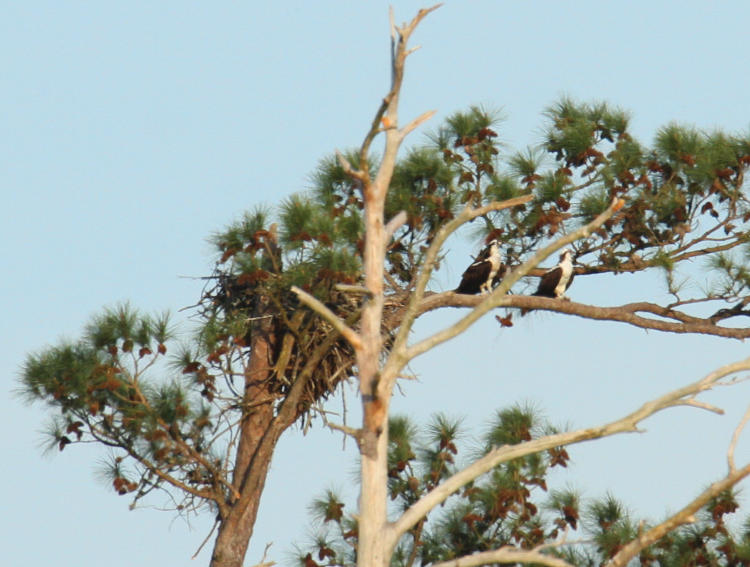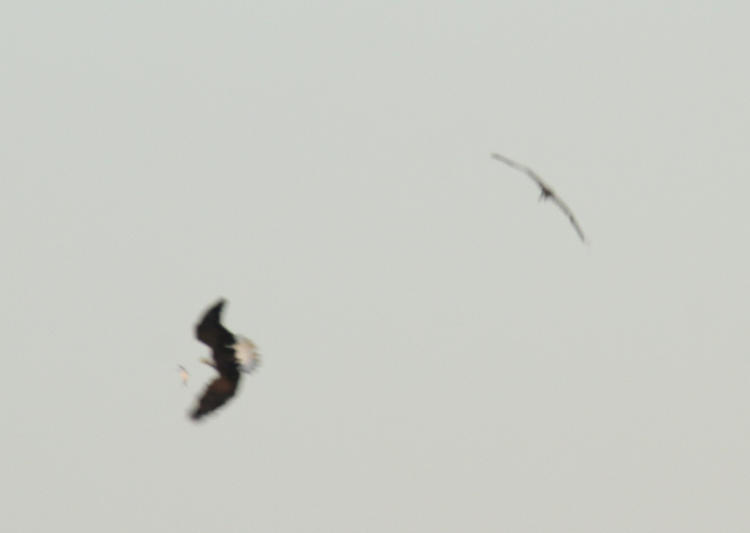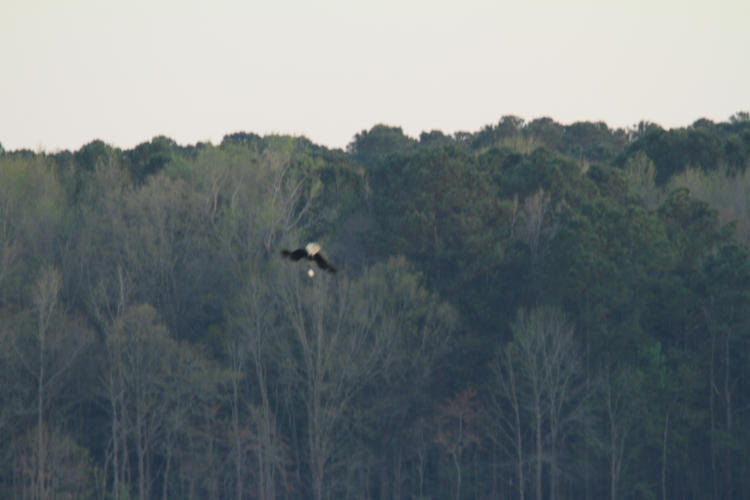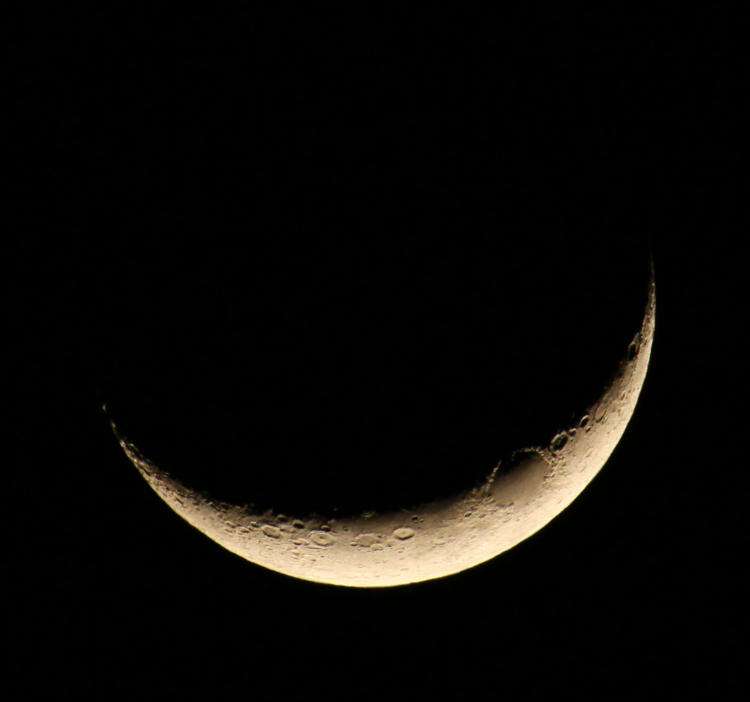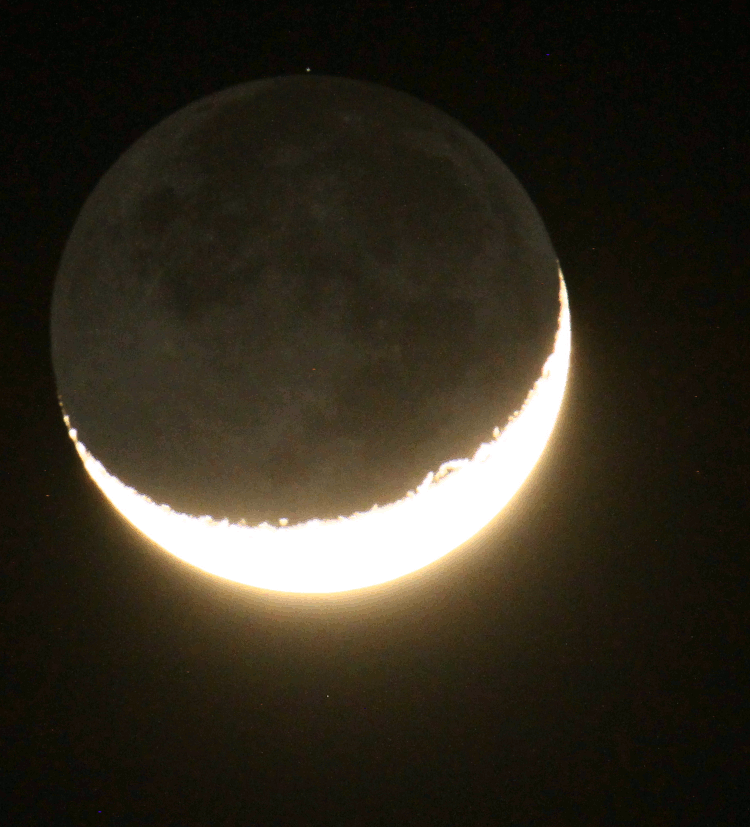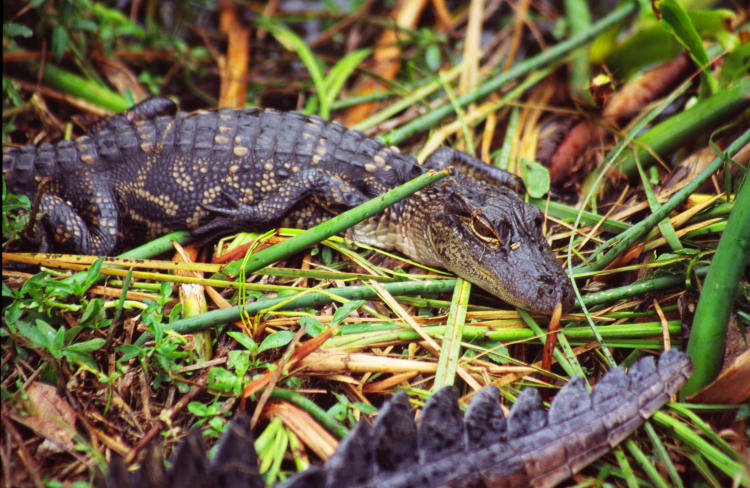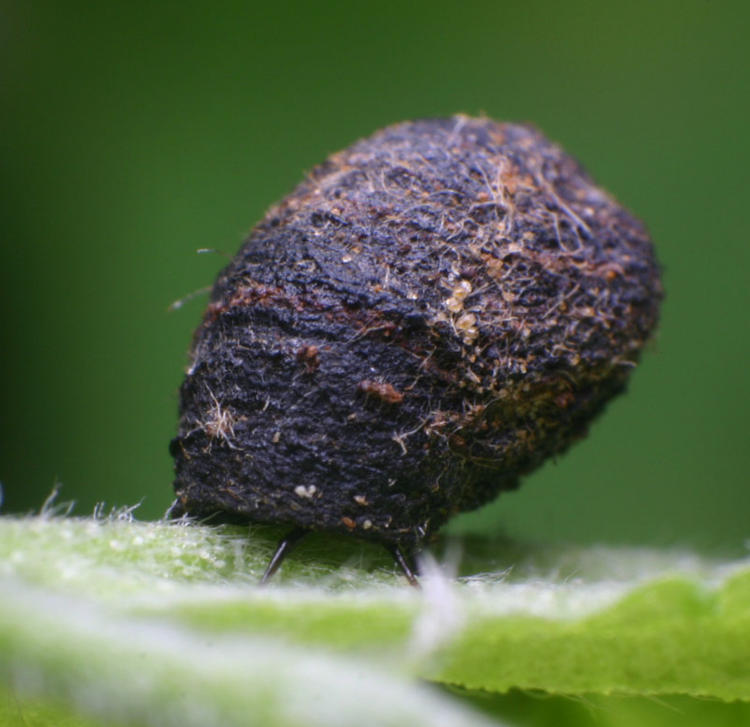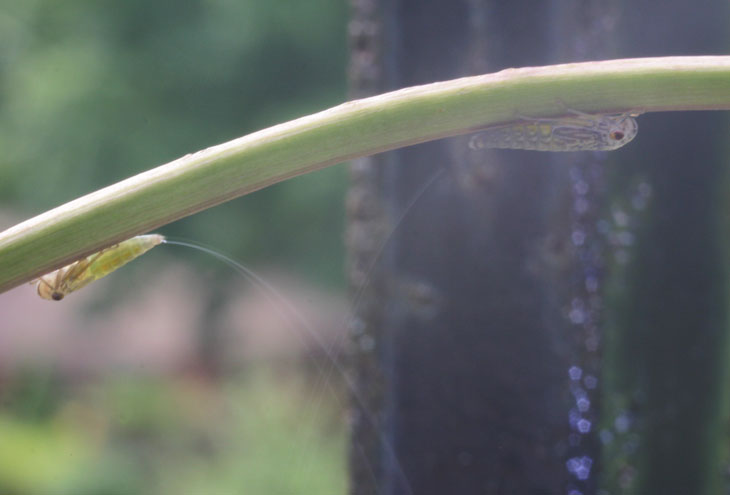Today, March 31st 2023, is the 100th anniversary of the untimely death of one of the first serious wildlife photographers, Jamfer von Schnocklefausen, a true pioneer in the field. Schnocklefausen was trained to be a goat polisher, but as photography was becoming more popular in the late 1800s, he soon gravitated to the field because, as he succinctly put it, “Ziegen sind Arschlöcher.” Schnocklefausen didn’t actually speak German, having been raised in Venezuela by seriously illiterate parents, but failing to wear adequate protection while polishing a goat will do that to you, as well as ensuring that offspring are out of the question.
After cutting his teeth on the typical portraits of wealthy patrons and pictures of his food that he would pin to his front door, Schnocklefausen soon became enamored of wildlife, and wished to specialize in behavioral and action images. Given that he was using glass plates that had a typical exposure time of 30 seconds and took two-and-a-half minutes to change, this was an ambitious undertaking but Schnocklefausen was, if nothing else, creative in his approaches. His first attempts to stop the motion of a jaguarundi long enough for a decent image was by jingling his keys, causing the cat to pause; this might ostensibly have worked, but the developing chemicals became fouled with his own blood and the plates were inconclusive. Later on he began experimenting with wood panels coated with a strong adhesive, placed cleverly along the hunting trails, to hold wandering wildlife in place directly in front of his camera. This worked for a short while, albeit producing poses that did not exactly spell out, “majestic,” until he inadvertently snagged a local hunter; the benefit of being held in place while Schnocklefausen beat a hasty retreat was negated by the shotgun that the hunter carried.
After his release from the hospital, Schnocklefausen tried a different tack, deciding that slowing down the animals might be enough. To this end, he began putting out bait food laden with various pharmaceuticals. While this did indeed slow the motions of the animals that found his bait, the resulting images were largely of species either examining their paws for hours on end, or giggling incessantly. He did, however, achieve the first images of a wild boar with an erection that lasted over four hours. He also became more accepted amongst the local hunters who had chanced upon his former photo subjects and subsequently declared the meat, “Groovy.”
Schnocklefausen was soon to realize that, while stopping the animals was decidedly difficult, perhaps he could move in unison with them; this would not stop the blur of their legs, but perhaps keep the bulk of their bodies centered in the frame long enough for a proper exposure. To that end, he outfitted a horse with an elaborate sidecar rig to hold the tripod, and attempted to train the horse to run a parallel path with a cougar. This did not go as envisioned, for two reasons. First, the cougars generally considered horse a better meal than stringy rhea, and second, the horse (named ‘Hans,’) realized that it could avoid the cougar and any further onus with a few will-timed bucks. It was only by doggedly hanging onto the heavy, solid camera that Schnocklefausen managed to survive his own methodology and eventually discourage the cougar.
Once again released from the hospital, Schnocklefausen found that he now had an ardent following of new photographers, though they paid little attention to his teachings or discussions of theory. Instead they chose to photograph Schnocklefausen himself during his various experiments, publishing them in the local newspapers with clever captions; in this manner, Schnocklefausen became the unintended creator of memes. It is because of this that we even know what he looked like, garnering no fame as a wildlife photographer himself (and thus setting a standard that continues to this day.) Ardent historians of these various images can pinpoint the dates taken by cataloging the dwindling number of Schnocklefausen’s eyes, ears, fingers, and feet.
It was just as he was stumbling upon his best discovery that Schnocklefausen met his demise. Realizing that lightning was an excellent source of very bright light that would eliminate the necessity of long exposures, he endeavored to capture his images during electrical storms; being fanatical about light direction and shadows, he began placing lightning rods in strategic locations around his photography blinds. It was as he was driving one of these rods into the ground that he unexpectedly pierced a septic line and asphyxiated on the fumes released. And you thought you saw it all coming, Mr. Clever-Me-Lad.
Few aspiring wildlife photographers today recognize Schnocklefausen’s contributions to the pursuit and so continue to do stupid-ass things far too close to wildlife. Medical professionals, however, praise Schnocklefausen’s name for his variety of educational injuries, a contribution that would only be surpassed by the combined advent of skateboards and cellphone cameras. So in recognition of his endeavors today, call your utilities company before you dig, and be sure that your blood type is listed in your wallet. Ciao!




















































